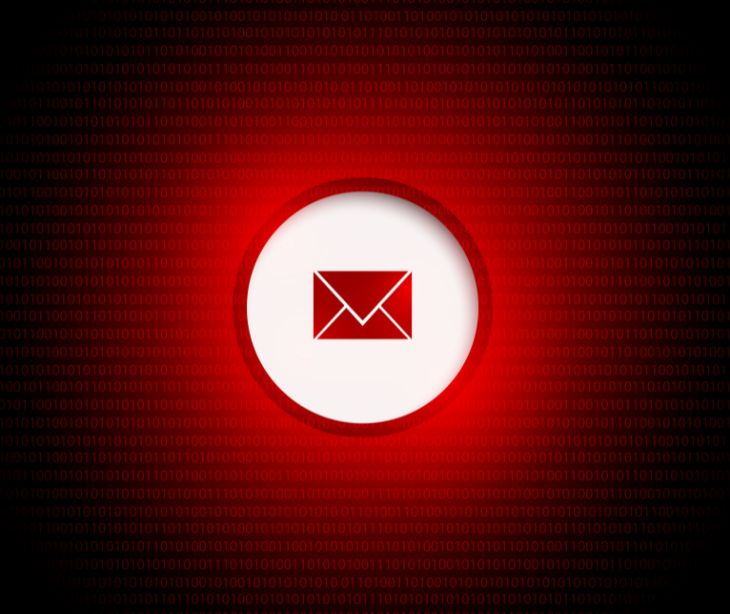
HIPAA compliant email marketing is a highly impactful channel for healthcare professionals and makes it easy to share vital health information and promote services.
A significant aspect of email marketing is email deliverability, one element of which are bounces. A bounce refers to an email that fails to reach the recipient's inbox. Hard bounces are a subset occurring when an email is permanently rejected due to an invalid recipient address or a blocked email server.
Related: Healthcare email marketing use cases that contain PHI
What are hard bounces?
Hard bounces happen when the recipient's email server permanently rejects an email. This permanent rejection can be due to a couple of reasons:
- Invalid email address: This is the most common cause of hard bounces. If the email address doesn't exist or there's a typo in the address, the email server will reject the email.
- Blocked email server: Sometimes, an email server might block an email. This could be due to the sender's IP address being blacklisted or the server identifying the email as spam.
Understanding the reasons behind hard bounces is the first step towards managing them effectively.
How hard bounces impact delivery
Hard bounces can have a significant influence on your email marketing efforts. Here's how:
- Lowered deliverability rates: A high number of hard bounces can lower your overall email deliverability rate. This means fewer of your emails reach the intended recipients, reducing the effectiveness of your campaigns.
- Damaged sender reputation: Email servers track the number of hard bounces an email sender generates. If you have a high bounce rate, it can harm your sender reputation. A poor sender reputation can lead to your emails being flagged as spam, further reducing your deliverability rates.
- Skewed marketing analytics: Hard bounces can distort your email marketing analytics. If a significant portion of your emails are not reaching the intended recipients, your open rates, click-through rates, and other metrics may not accurately reflect your campaign's performance.
What to do about hard bounces
Effectively managing and reducing hard bounces can significantly improve email marketing performance. Here are some strategies to consider:
- Regular list cleaning: Remove inactive or non-responsive email addresses from your list regularly. This can help reduce the number of invalid email addresses that lead to hard bounces.
- Double opt-in process: Implement a double opt-in process where subscribers confirm their email address before being added to your list. This can prevent typos and ensure the email address belongs to an engaged user.
- Monitor bounce rates: Keep a close eye on your bounce rates. If you notice a sudden increase, it could indicate a problem that needs to be addressed.
- Use a reputable Email Service Provider: A good Email Service Provider (ESP) can help manage your email list, monitor bounce rates, and provide tools to improve deliverability.
The difference between hard bounces and soft bounces
While hard bounces are a significant concern, they are not the only type of email bounce that can affect your email marketing.
Unlike hard bounces, soft bounces are temporary delivery failures. They occur due to temporary issues with the recipient's email server or because the recipient's mailbox is full. Typically, the email server will attempt to deliver the email again later.
The key difference between hard and soft bounces lies in their permanence. Hard bounces are permanent delivery failures due to invalid addresses or blocked servers, while soft bounces are temporary and may still be delivered later.
Understanding the different types of bounces and their causes can help you better manage your email deliverability and improve the effectiveness of your HIPAA compliant email marketing campaigns.
What's next
You can significantly improve your email deliverability by actively removing hard bounces and keeping your email lists clean. This proactive approach ensures your vital health information and services reach the intended recipients and enhances the overall effectiveness of your HIPAA compliant email marketing. So, take this opportunity to refine your email marketing strategy, starting with a thorough clean-up of your email lists.
Read more: HIPAA compliant email marketing: What you need to know
Subscribe to Paubox Weekly
Every Friday we'll bring you the most important news from Paubox. Our aim is to make you smarter, faster.

 Dean Levitt
Dean Levitt



